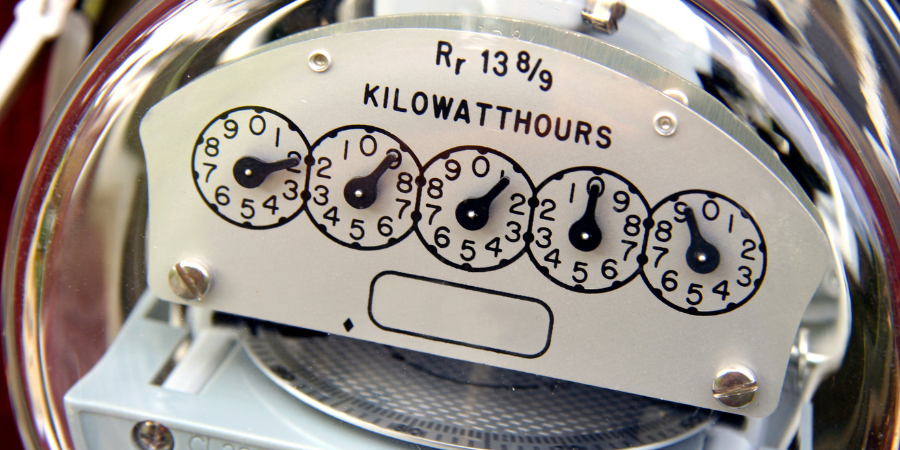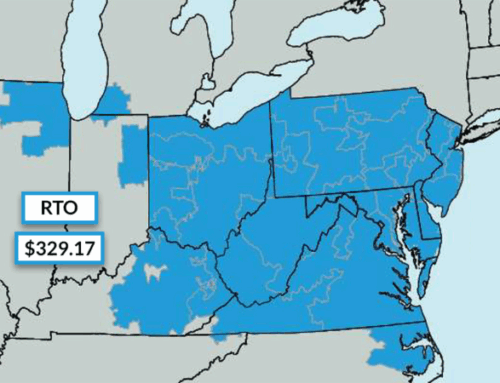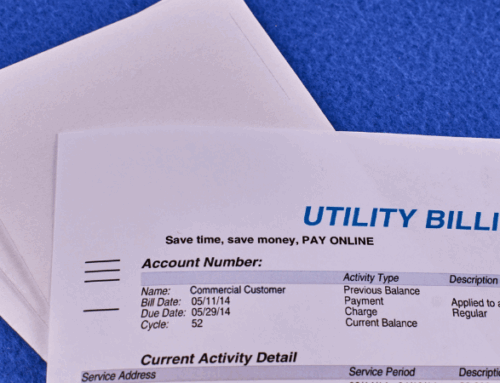As the PJM Interconnection struggles with mounting demand, strained infrastructure, and generation retirements, one thing is clear, capacity prices are on the rise. The Base Residual Auction (BRA) for the 2025/26 delivery year shocked many market participants, with prices soaring over 500% in some zones.
For large energy users, these spikes could translate into major cost increases, particularly since capacity charges often make up 20% to 30% of a total electricity bill in PJM. In this shifting landscape, one question is increasingly relevant: Can demand response (DR) offer a viable strategy to offset or manage the impact of rising capacity costs? While many energy buyers understand DR as a way to earn revenue, fewer recognize its full potential to reduce capacity charges. This article explores the strategic intersection of demand response and PJM’s evolving capacity market. Read on to learn how commercial energy users can act now to take control of future costs.
Why Capacity Costs Are Surging in PJM
The PJM capacity market ensures that enough generation is available to meet forecasted demand, especially during extreme weather or peak load events. But recent auctions have produced clearing prices far above historical norms. In fact, the 2025/26 auction, which occurred in the summer of 2024, produced capacity prices nearly 500% greater than the-then current rates. Key drivers of these price hikes include:
- Generation retirements: Coal, nuclear, and aging gas assets are leaving the grid faster than new supply comes online. Furthermore, there are extreme delays in the interconnection queue to get new assets online.
- Load growth: Electrification, AI-driven data center expansion, and economic growth are pushing demand higher. Northern Virginia, located on PJM, is known as “data center ally”, where the majority of the country’s data centers exist. Demand from these facilities is driving up prices in the PJM capacity markets.
- Planning reserve shortfalls: Reserve margins are ancillary services in the PJM market designed to plan for enough backup generation in the case of a shortage. PJM’s reserve margin forecasts are tightening, raising the price of reliability.
Although FERC approved a temporary cap and collar ($175 – $325/MW-day) for the 2026/27 and 2027/28 auctions, most stakeholders agree that price volatility and upward pressure aren’t going away anytime soon.
The Overlooked Value Of Demand Response In The Capacity Market
While often seen as a tool for managing retail energy costs, demand response plays a much larger role in the broader PJM capacity market. Its strategic value lies in acting as a substitute for new generation, helping to meet system-wide needs while keeping capacity prices in check.
DR As A Capacity Resource
In PJM, demand response isn’t just an energy cost reduction tool. It has historically participated in capacity auctions as a supply-side resource. In other words, in the eyes of PJM, curtailing load is the same thing as new generation. PJM credits DR participants who commit to reduce demand during grid emergencies, and these aggregated resources help lower overall auction clearing prices by expanding supply. While DR’s footprint in recent capacity auctions has declined, due in part to rising performance requirements, its ability to suppress capacity prices and stabilize the grid remains significant.
DR vs. New Generation
Compared to building new power plants, DR is fast, cheap, and clean. Rather than investing millions in new natural gas turbines, grid operators can pay companies to reduce usage during grid stress events to free up supply. DR doesn’t require new transmission, fuel, or emissions permits, making it a cost-effective capacity resource, particularly during peak periods.
How DR Helps Businesses Offset Capacity Cost Exposure
Demand response isn’t just a grid reliability tool. It can also be a powerful lever for businesses looking to cut energy costs. By strategically curtailing usage during peak demand events, companies can lower future capacity charges and unlock new revenue streams.
Reduce Your Peak Load (and Capacity Tags)
PJM capacity costs are assessed based on a customer’s capacity tag, which is set during the grid’s five highest demand hours of the year (Coincident Peaks, or 5CP). If you can curtail your electric load during these events, your tag and future capacity charges, can be dramatically reduced. DR programs often require reduced usage during these same peak hours. Participating in DR can therefore help lower your capacity tag and generate additional incentive payments from your utility or demand response provider.
It is important to note, however, that DR rewards customers for their reduction in load based on their current capacity tags. Once those tags are reduced to a new normal, the DR reduction incentive for the following year is also reduced. Here’s an example:
- Current Peak Load Contribution (PLC) = 1,000 kW
- DR Reduction = 500 kW
- DR Payment Basis = 500 kW
- New Peak Load Contribution = 500 kW
For the customer above to participate in a DR program the following capacity calendar year, it would need to reduce load beyond 500 kW.
Earn Revenue While Reducing Risk
By enrolling in emergency DR programs, your business gets paid to shed load on short notice. These payments, combined with lower capacity charges for the future, can meaningfully impact your bottom line. Using the same example as above, let’s evaluate the total financial impact for the customer:
- Current PLC = 1,000 kW
- Current Capacity Payment Basis = 1,000 kW
- DR Reduction = 500 kW
- DR Payment Basis = 500 kW
- New Capacity Payment Basis = 500 kW
In the example above, the customer will be paid from the DR program based on a 500 kW reduction. The customer will also benefit from a 50% reduced capacity tag for the following year. While these numbers are promising, DR success depends on:
- Curtailment Performance: If you can’t reduce load when called, benefits may be limited or clawed back. In extreme scenarios, penalties can also be applied for not meeting DR commitments.
- Program Eligibility: Not all utilities or customers qualify for the same DR programs.
- Event Alignment: Not all DR calls happen during CP hours, so peak management and DR should work in tandem.
Who Should Consider DR To Combat Capacity Costs?
Demand response can be a very effective tool for combatting rising capacity costs, but not all customers are created equal. In order to effectively participate in DR programs, you need to be able to shed electricity load on demand, without affecting your business operations too significantly. Here are some customer types that are both good and bad candidates for demand response.
The best candidates for DR and CP tag reduction include:
- Commercial buildings with flexible HVAC loads
- Manufacturers with shift-based production
- Data centers with backup generation
- Cold storage or refrigeration-heavy facilities that can sustain several hours without power
- Municipal authorities, such as water and sewer plants, with backup generation
Less ideal candidates may include:
- Hospitals or critical infrastructure with constant load
- Sites already optimized through solar and storage
- Small users with low annual capacity exposure or an inability to shut down load
Final Take: Demand Response Isn’t a Silver Bullet But It’s A Smart Play
Demand response isn’t a magic solution for capacity curtailment, but it’s a smart, strategic tool for managing rising PJM capacity costs. When paired with Coincident Peak tracking and proactive energy procurement strategies, DR can help businesses meaningfully reduce exposure. As PJM auctions reflect tighter supply and higher prices, demand-side flexibility becomes even more valuable. Diversegy helps large energy users evaluate and implement demand response strategies tailored to their operations. Reach out to our team of energy market experts today to explore how DR can fit into your energy plan.



